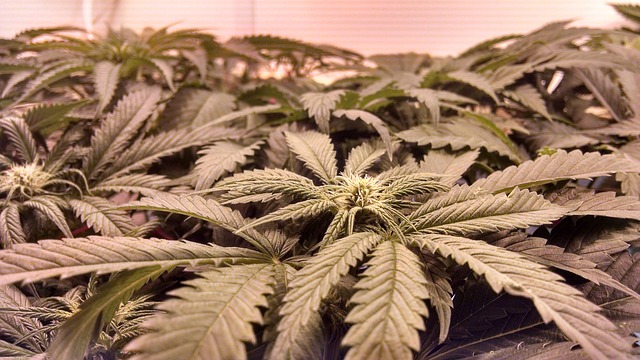Zachary J. Jason, PE, CFEI
Dennis E. Shelp, MS, PE, CFI, CFEI
John L. Schumacher, MChE, PE, CFI, CFPS
Todd J. Hedglin, CFI, CFEI
AEI Corporation
Littleton, CO, USA
Presented at International Symposium on Fire Investigation, 2014
ABSTRACT
It is well known that cigarettes are the leading cause of fire deaths in the United States. The National Fire Protection Association (NFPA) reports that in 2011 alone, there were over 90,000 smoking-related fires, contributing to over 540 civilian deaths, 1,640 civilian injuries, and $621 million in direct property damage. However, the NFPA statistics, collected from The National Fire Incident Reporting System (NFIRS) and the NFPA annual survey, define “Smoking Materials” as lighted tobacco products (typically tobacco cigarettes). There is little to no data regarding fires caused by cannabis, or what will hereafter be referred to as marijuana cigarettes.
With the recent legalization of marijuana in the states of Colorado and Washington, pending potential legalization in 13 other states, and 20 states with medical-marijuana systems already in place the availability and usage of marijuana is becoming more commonplace. This raises many interesting questions with regard to fire safety as it relates to marijuana cigarettes. For example, what are the burn times and smoldering capability for marijuana cigarettes? How do marijuana cigarettes compare with tobacco cigarettes in their ability to initiate smoldering combustion in upholstered furniture and mattresses? To date, research regarding these questions has been difficult due to the illegal status of cannabis, and currently very little is known about the ignition propensity and combustion characteristics of marijuana cigarettes. Given the recent changes in Colorado law, however, AEI Corporation has performed some of the first scientific testing of its kind looking at the smoldering and burning behavior of marijuana cigarettes.
This paper outlines the first phase of our research into the overall fire hazards of marijuana cigarettes and compares the ignition characteristics of marijuana to those of tobacco, when tested in accordance with current test methods adopted for the tobacco industry. More specifically, our testing quantifies the ignition strength of marijuana cigarettes and their propensity to ignite soft furnishings based on the parameters set forth in American Society of Testing and Materials (ASTM) Standard E2187-2009, Standard Test Method for Measuring the Ignition Strength of Cigarettes. The results of our tests evaluating ignition propensity of marijuana cigarettes are presented in comparison to those of tobacco cigarettes tested under the same conditions. In addition, the effects of different variables on the burning, smoldering, and ignition propensity of marijuana cigarettes will be examined.
